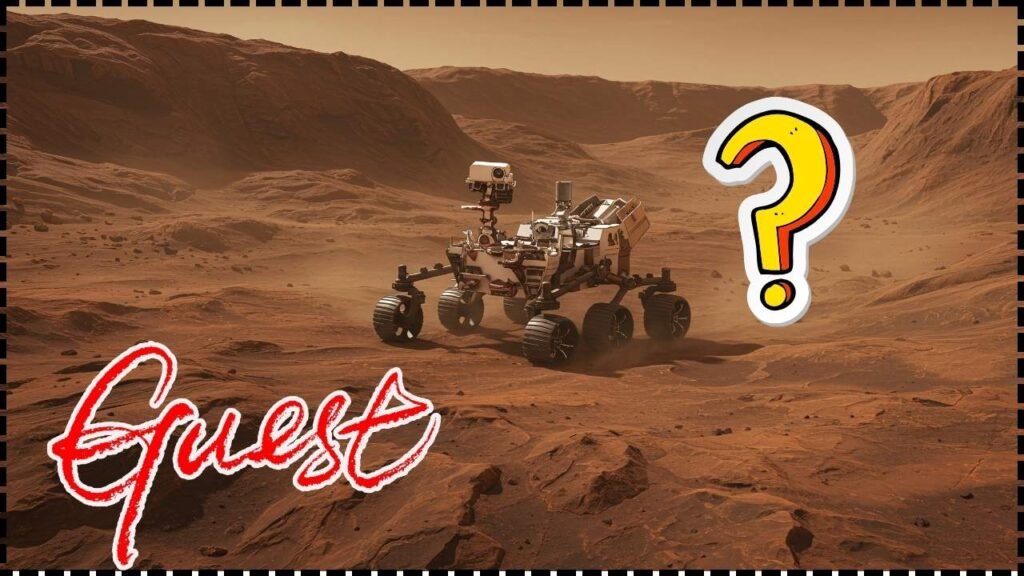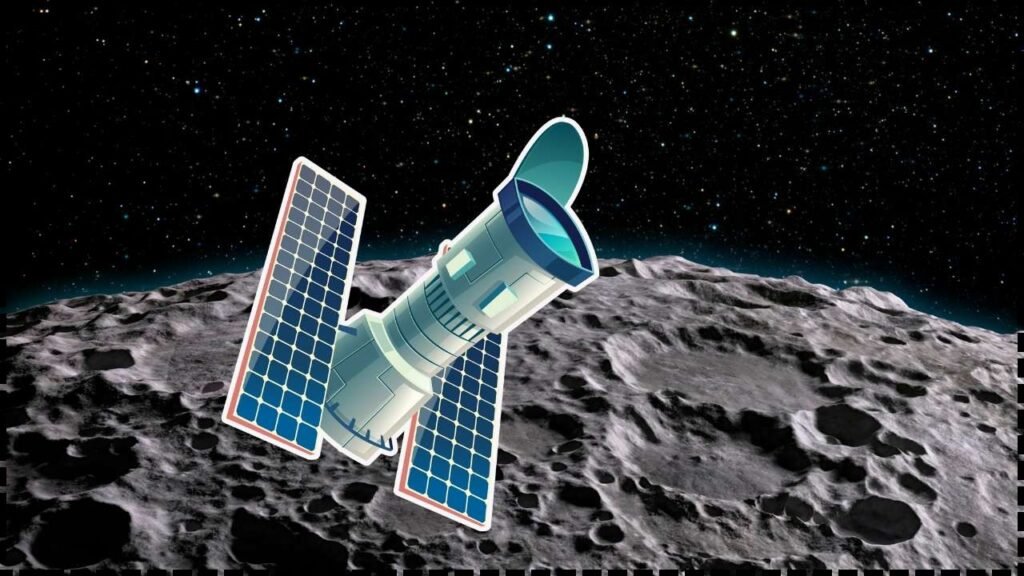NASA’s Perseverance Celebrates 1,500 Days on Mars: NASA’s Perseverance rover has reached an incredible milestone—1,500 Martian days (sols) of exploring the enigmatic Red Planet. That’s about 1,541 Earth days or over four years of relentless adventure and groundbreaking science. But the celebration didn’t stop with just another day on Mars. Perseverance took a stunning selfie, and right behind it, a Martian dust devil surprised everyone, swirling like an alien tornado in the background, making this moment a remarkable snapshot of both human ingenuity and the lively Martian environment.
NASA’s Perseverance Celebrates 1,500 Days on Mars
NASA’s Perseverance rover embodies human curiosity, resilience, and ingenuity—still thriving after 1,500 sols of relentless dedication on Mars. The dust devil photobombing its milestone selfie captures the lively and mysterious spirit of the Red Planet. Perseverance has not only pushed scientific boundaries with astounding discoveries but also laid the groundwork for future astronauts to explore and possibly live on Mars. This mission is a testament to what humanity can achieve through persistence and exploration.

| Feature | Detail | Official NASA Info Link |
|---|---|---|
| Time Active on Mars | 1,500 sols (1,541 Earth days); still operational as of September 2025 | Mars 2020 Mission |
| Location | Jezero Crater, a 28-mile-wide ancient lakebed | Jezero Crater Details |
| Main Mission Goals | Search for signs of past microbial life, collect rock samples, test oxygen production tech | NASA Science Goals |
| Samples Collected | 33 rock and soil samples cached on Mars for future return | Sample Collection |
| Key Technologies | MOXIE oxygen generator, weather station, robotic arm with multiple scientific instruments | MOXIE Details |
| Iconic Event | Selfie with photobombing dust devil 3 miles away | Dust Devil Selfie |
Why NASA’s Perseverance Celebrates 1,500 Days on Mars Is a Big Deal?
Perseverance is NASA’s state-of-the-art robotic explorer, landing on Mars in February 2021 in the Jezero Crater, a spot chosen because it once held a lake and river delta—prime spots for searching signs of ancient microbial life. The rover’s mission is to dig deep into Mars’ past, looking for clues of life billions of years ago, collecting rock samples to be sent back to Earth, and testing technologies that will support future astronauts living on Mars.
The fact that Perseverance is still trucking after 1,500 sols is huge—considering Mars’ brutal environment. Temperatures plunge to minus 195°F at night, dust storms interrupt sunlight, and the planet’s thin, CO₂-heavy atmosphere means far less protection from radiation and weather extremes compared to Earth.
Understanding Mars: The Planet Perseverance Calls Home
Mars looks like a rusty desert, but it’s far from lifeless or boring. Let’s dig into what makes the Red Planet a tricky yet fascinating place:
- Frigid Nights and Broad Temperature Swings: Mars commonly swings from cold to cold — temperatures can drop as low as -195°F (-125°C) at the poles during winter nights and rise up to about 70°F (20°C) midday near the equator. This huge temperature range challenges electronic equipment and mechanical parts.
- A Thin, Mostly CO₂ Atmosphere: Mars’ atmosphere is only about 1% as dense as Earth’s and dominated by carbon dioxide, which means little protection from cosmic radiation or incoming meteors. This also means weather systems are weaker but enough to whip up forgettable dust storms.
- Dynamic Dust Phenomena: Dust devils—mini tornadoes of swirling dust—and planet-encircling dust storms influence weather and surface conditions. These dust devils actually help clean dust off rover solar panels, improving energy intake.
- Evidence of Past Water: Though liquid water is almost nonexistent on the surface today, Mars’ ancient history includes flowing rivers, lakes, and possibly oceans. Frozen water is found in polar ice caps and subterranean ice deposits. Scientists believe that billions of years ago, Jezero Crater’s lake and river delta may have been a habitat that supported life.
This challenging environment means Perseverance had to be tough and smart to survive and succeed.
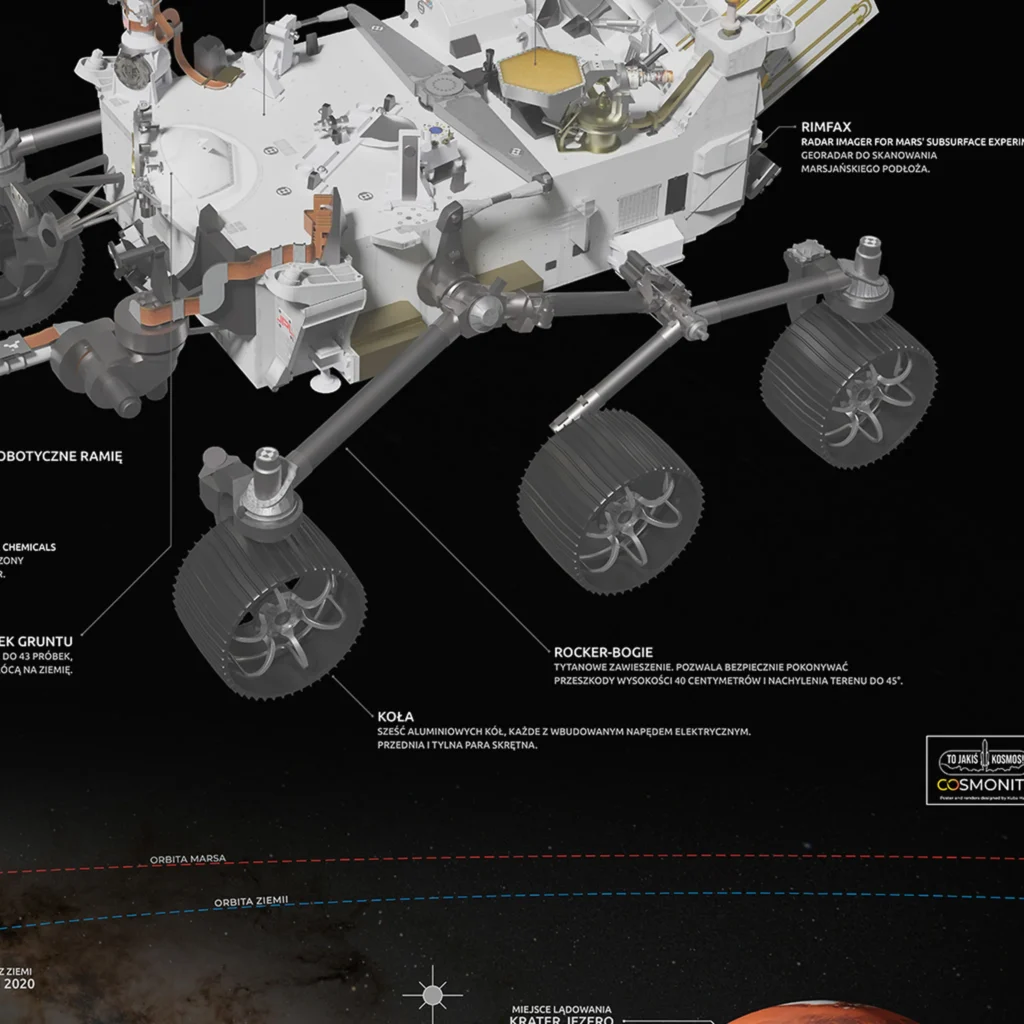
The Rover’s Tech Toolbox: How Perseverance Explores Mars
Perseverance is not just a rover rolling across dusty plains—it’s a high-tech laboratory on wheels designed for deep scientific discovery and future human exploration support.
Cutting-Edge Scientific Instruments
- PIXL (Planetary Instrument for X-ray Lithochemistry): This X-ray fluorescence spectrometer can zoom in on tiny features and identify elemental compositions of Martian rocks with pinpoint accuracy.
- SHERLOC (Scanning Habitable Environments with Raman & Luminescence for Organics & Chemicals): Using ultraviolet lasers, it detects organic molecules—complex carbon-based compounds that could hint at past life.
- MOXIE (Mars Oxygen ISRU Experiment): This game-changer technology produces oxygen by breaking down the carbon dioxide-rich Martian atmosphere, vital for future astronauts to breathe and potentially make rocket fuel on-site. MOXIE has already generated several grams of oxygen per hour during tests.
- RIMFAX (Radar Imager for Mars’ Subsurface Experiment): This ground-penetrating radar helps map geological layers beneath the surface to reveal Mars’ water history and tectonic activity.
Mobility and Communication Advances
- Advanced Suspension and Mobility: Perseverance weighs about 2,260 pounds (1,025 kg) and can cover about 1,000 meters (~0.62 miles) per month, navigating rocks, slopes, and sand traps.
- Autonomous Navigation: The rover uses AI to plan safe paths around hazards without waiting for human commands, essential due to the communication delay with Earth.
- Reliable Power Source: Powered by a radioisotope thermoelectric generator (RTG) fueled by plutonium-238, Perseverance generates around 110 watts of continuous power — unaffected by dust or darkness — powering instruments day and night.
- Communication Suite: Data and images are sent back through orbiters around Mars using high-bandwidth UHF antennas; signals take between 11 to 20 minutes one way.
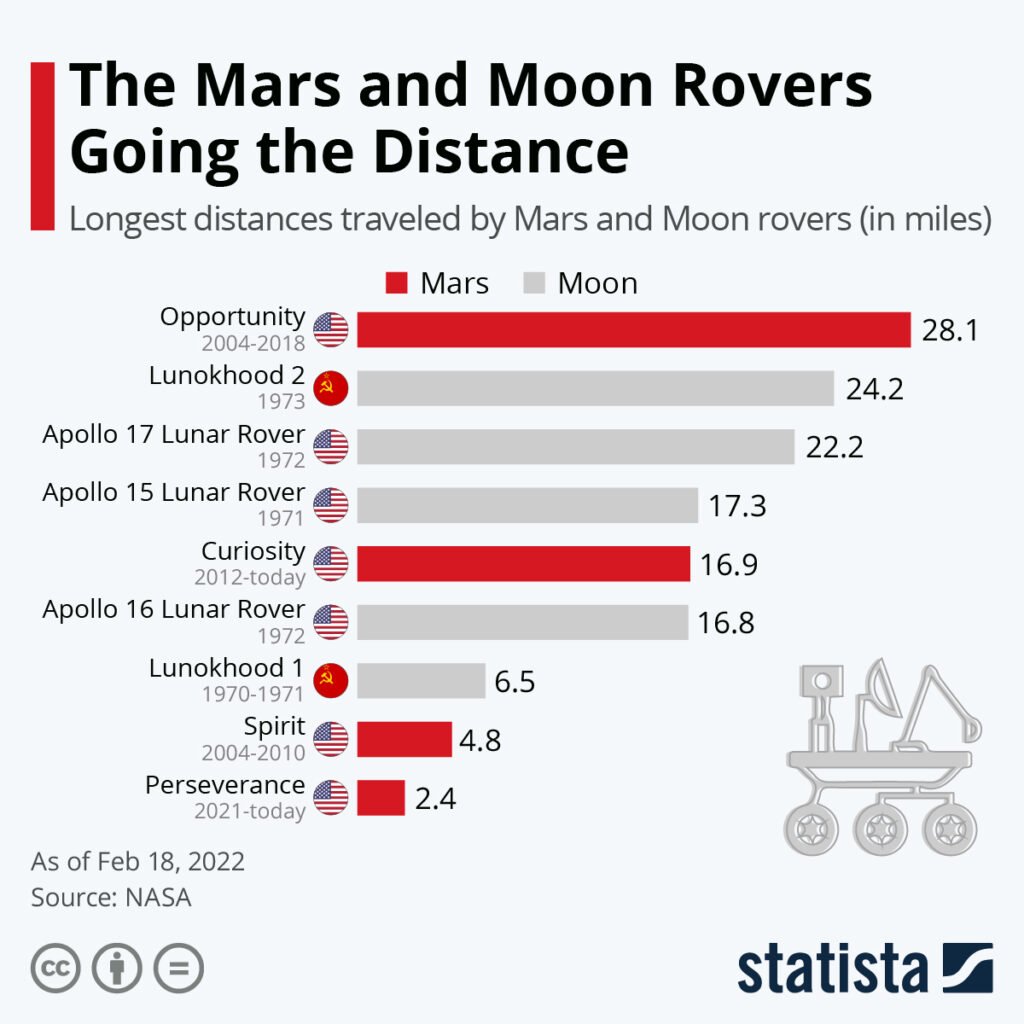
The Iconic Selfie and Photobombing Dust Devil
To celebrate 1,500 sols, Perseverance took a selfie at Witch Hazel Hill, a spot in the Jezero Crater region, by piecing together 59 high-resolution images. What elevated this selfie from cool to epic was a swirling dust devil captured about 3 miles (5 kilometers) off in the background.
Dust devils are mini whirlwinds created when surface heating causes rising columns of air that pick up dust. Though small compared to Earth’s tornadoes, they are important for science:
- They contribute to the movement of dust, shaping Mars’ landscape and weather patterns.
- They clean the dust off rover solar panels, providing energy boosts.
- Observing dust devils helps scientists model the Martian atmosphere and weather.
The coincidence of this natural Martian phenomenon photobombing a milestone image created a powerful symbol of Mars’ dynamic nature and Perseverance’s success.
Scientific Discoveries and Milestones
Since landing, Perseverance’s science campaign has been nothing short of historic:
- It has collected 33 core rock and soil samples which are carefully sealed and stored in tubes for planned return to Earth by future Mars missions.
- Recent discoveries include intriguing mudstone formations nicknamed “Cheyava Falls” that may carry chemical signatures from ancient microbial life—potential biosignatures that could rewrite Mars history.
- Environmental instruments gather data on radiation, wind, temperature, and dust, vital for designing future human missions.
- MOXIE’s oxygen-generation experiments have proven it’s possible to make breathable oxygen locally, a breakthrough for sustained exploration.
These discoveries demonstrate a new chapter of Mars exploration focused on astrobiology and paving the way for astronauts.
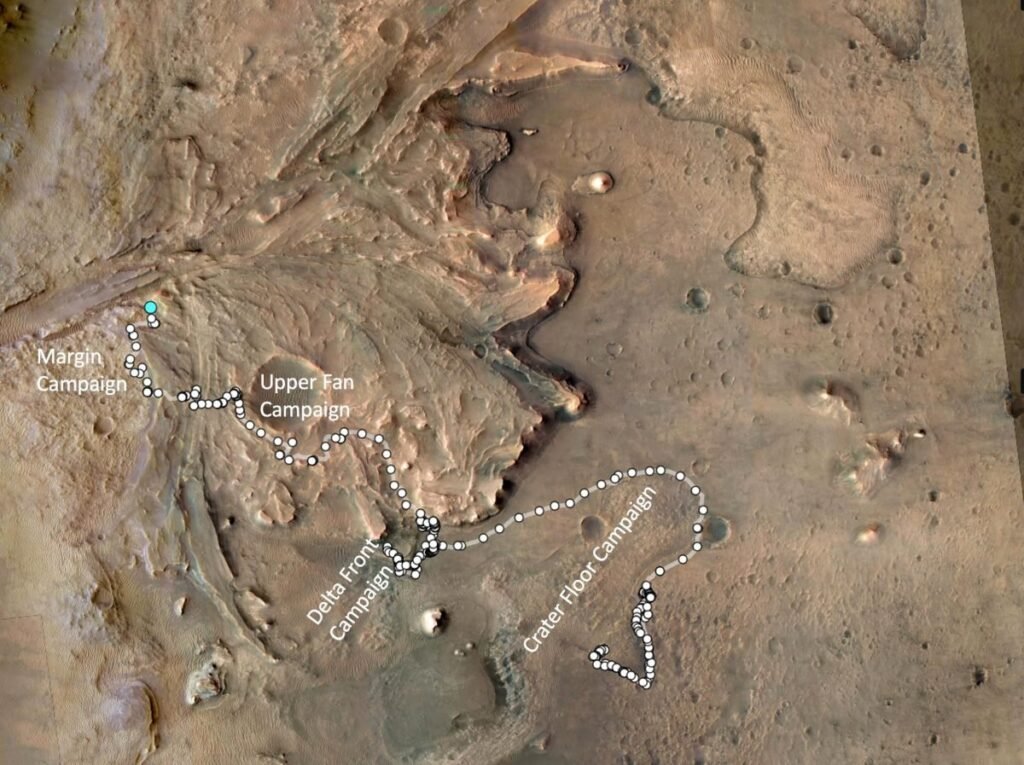
Practical Lessons for Future Space Exploration
Perseverance’s mission offers important lessons for future interplanetary exploration:
- Durability Over Years Is Critical: The rover was designed to last just one Mars year (about two Earth years) but continues to operate over four years thanks to smart engineering and ongoing maintenance from NASA’s team.
- On-Site Testing Beats Earth Simulations: Technologies like MOXIE show that testing in the actual Martian environment produces invaluable data and drives innovation.
- Autonomous Systems Are Essential: Communication delays between Earth and Mars necessitate smart, independent decision-making from machines.
- Global Collaboration Powers Success: NASA’s Mars Exploration Program unites scientists, engineers, and institutions worldwide, a model for complex space missions.
What’s Next for Perseverance?
Perseverance is currently exploring areas of the ancient river delta and crater rim in Jezero, targeting promising sediment layers. Scientists expect to:
- Collect up to 43 rock samples, with about 10 reserved as backups or control witness samples.
- Make detailed studies of Mars’ geology to understand its climate and history.
- Continue testing instruments that could become standard for human missions.
- Prepare samples for an upcoming Mars Sample Return mission, a joint NASA-ESA project expected to launch in the late 2020s to bring Martian rock back to Earth for intense study.
Perseverance’s ongoing journey is shaping humanity’s roadmap to one day living on Mars.
NASA’s Biggest Mystery? Webb Finds a Planet Next Door, Then It Vanishes.
The Rock That Stunned Science: An Alien Mineral That Breaks All the Rule of Heat.
Is Our Planet in Danger? Scientists Find ‘Dark Oxygen’ in the Ocean – Here’s What It Means!



